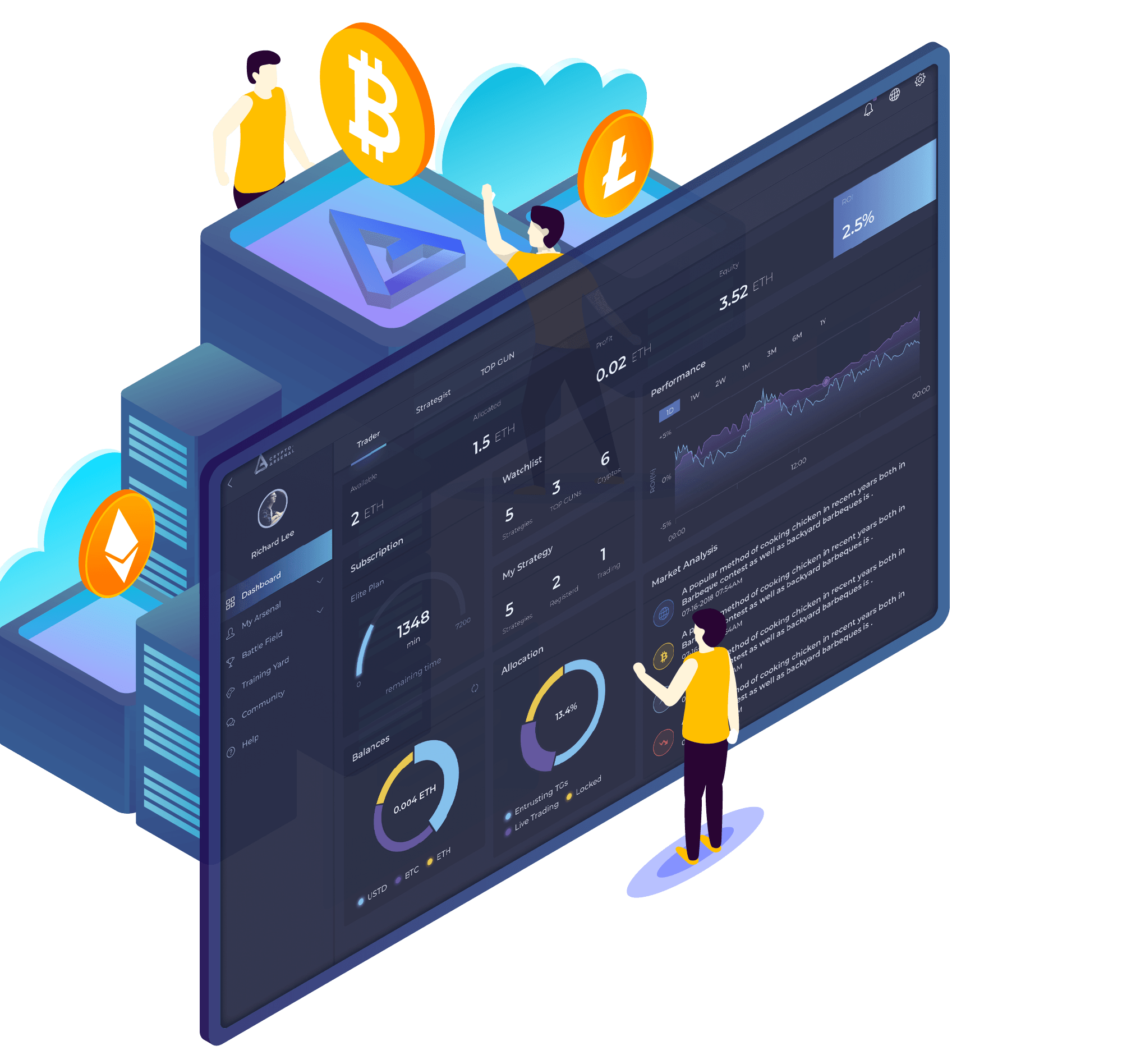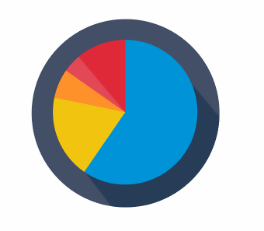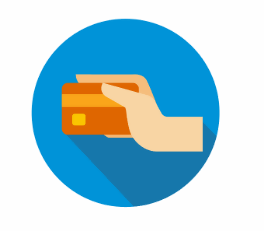There are two margin definitions. Securities margin is borrowing money to buy stock. However, commodities margin involves putting in your own cash as collateral for the contract.
Margin borrowing is only for experienced investors with high risk tolerance. You may lose more than your initial investment.








